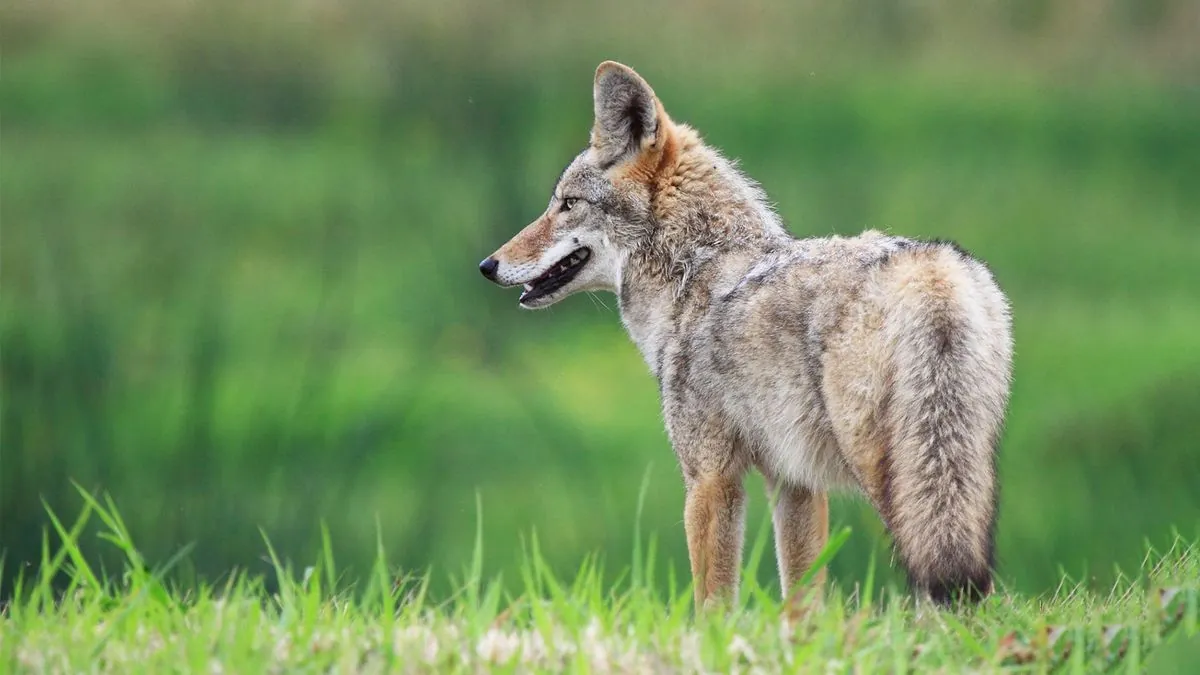Colorado's Wolf Reintroduction Hits Snag as First Pack Faces Relocation
Colorado's wolf reintroduction program encounters early challenges as the first pack attacks livestock. Officials plan to relocate the wolves, contradicting initial management strategies and sparking debate among stakeholders.

Colorado's ambitious wolf reintroduction program has encountered its first major obstacle, less than a year after its inception. Wildlife agencies are now attempting to capture and relocate the Copper Creek pack, the first group of wolves to form under the initiative, due to repeated livestock attacks. This development marks an early setback for the voter-driven project, which began in December 2023 with the release of 10 wolves.
The decision to relocate the pack comes just one week after state officials celebrated the birth of three pups to the Copper Creek pack. This pack, consisting of at least two adults and the newborn pups, has been at the center of a growing controversy between ranchers and wildlife advocates.
Gray wolves, the largest wild members of the Canidae family, typically live in packs of 6-10 individuals. These apex predators play a crucial role in maintaining ecosystem balance, as demonstrated by their reintroduction to Yellowstone National Park in 1995, which led to a beneficial trophic cascade.
The relocation effort contradicts Colorado's wolf management plan adopted last year, which stated that relocation "has little technical merit" due to the potential for creating problems elsewhere if the wolves continue their livestock predation. The plan initially advocated for non-lethal approaches, such as range riders and deterrent methods, or lethal removal as a last resort.

Ranching groups have called for the wolf pack to be eliminated, while wildlife advocates argue that more preventive measures, such as electric fencing, should have been implemented to deter attacks. This debate reflects the ongoing challenges of balancing wildlife conservation with agricultural interests.
In other regions of the United States where wolves are well-established, such as the Northern Rocky Mountains and around the Great Lakes, wildlife officials routinely remove problem wolves in response to livestock attacks. However, Colorado's approach differs, with officials citing the early stage of the reintroduction process as a reason to avoid lethal measures.
Ted Ritschard, president of the Middle Park Stockgrowers Association, expressed support for the pack's removal, stating that the wolves had killed at least 16 cattle and sheep. He emphasized concerns about the pups learning to prey on livestock, potentially perpetuating the problem.
The wolf reintroduction initiative in Colorado was narrowly approved by voters in 2020, aiming to reestablish an ecological balance that had been disrupted when wolves were largely hunted out of the state by the 1940s. The program plans to release an additional 30 to 50 wolves in the coming years.
Wolf populations in the lower 48 states have seen a significant increase, growing from about 1,000 in 1960 to over 6,000 by 2020. This recovery led to the gray wolf's removal from the Endangered Species Act list in 2020 for most of the lower 48 states.
As Colorado navigates these early challenges, the state must balance the ecological benefits of wolf reintroduction with the economic concerns of ranchers. The outcome of this situation may set a precedent for future wildlife management strategies in the state and potentially influence similar programs across the country.
"This action is by no means a precedent for how CPW will resolve wolf-livestock conflict moving forward."
The success of Colorado's wolf reintroduction program will depend on finding effective solutions that address the concerns of all stakeholders while ensuring the long-term survival and integration of wolves into the state's ecosystem.


































